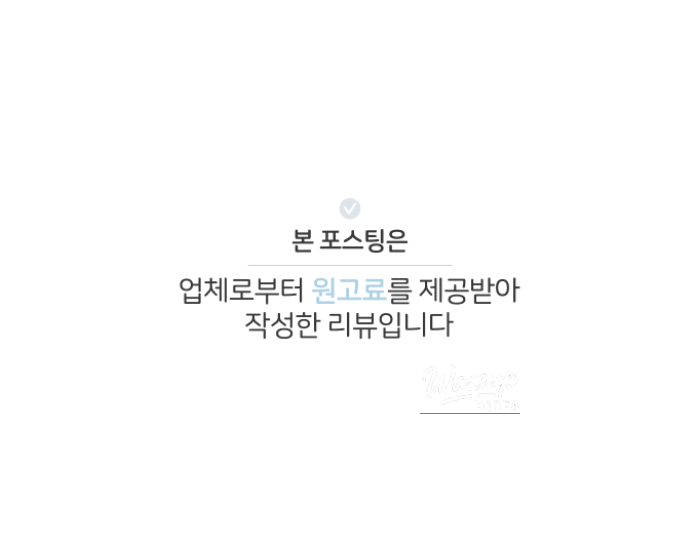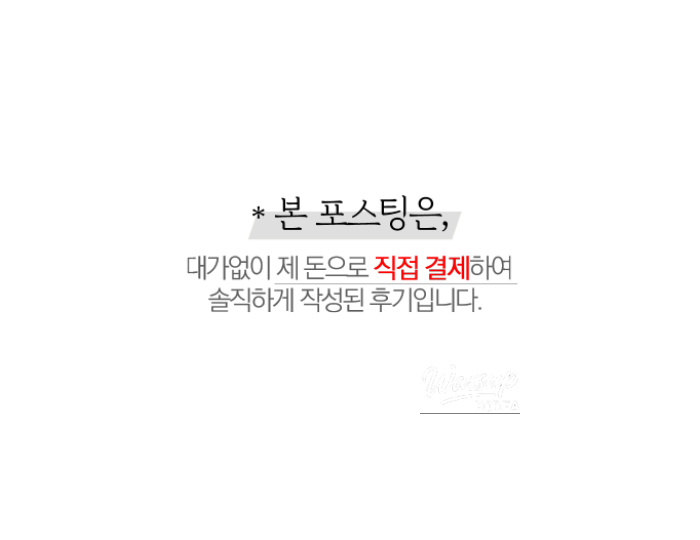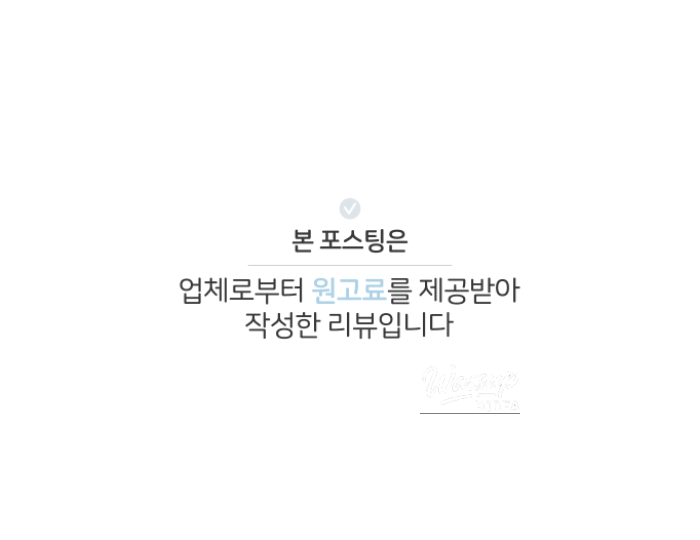Exploring Seoul: Traces of Independence Activists

Program Name: Live Weekend Broadcast Show
Broadcast Date: August 23, 2025
Broadcast Time: 16:02 ~ 16:17
Host: Byeon Woo-young
Episode 4
Location: From Deoksugung Palace to Dilkusha in Haengchon-dong
Featured Figures: Appenzeller of the Jeongdong First Methodist Church, Baejae Hakdang History Museum, Patriot Yun Hui-sun, Gyeonggyojang and Kim Gu, Dilkusha and Albert W. Taylor.
MC: Welcome to the fourth installment of <Independence Activists in Seoul>. So far, we've explored the paths of independence activists, the Mangwoo Public Cemetery, and the Namsan and Myeongdong areas. Where and who will we be introducing today?
Host: Today, we will introduce the area around Deoksugung Palace and Dilkusha.
MC: I've heard that many visitors, both Korean and foreign, are visiting our palaces these days. Are there many visitors to Deoksugung Palace as well?
Host: Yes, that's right. There are five Joseon Dynasty palaces in Seoul: Gyeongbokgung, Changdeokgung, Changgyeonggung, Gyeonghuigung, and Deoksugung. These palaces attract many visitors, both Korean and foreign. Especially foreigners, visiting the palaces wearing Hanbok has become a popular tourist attraction, so you can see many foreigners wearing Hanbok.
As a palace guide volunteer, I feel proud and our palaces are something to be proud of. However, I also feel sorry that if our palaces hadn't been destroyed by the Japanese, we could show them even better palaces.
The Japanese destroyed not only Gyeongbokgung and Changgyeonggung but also Deoksugung. The main gate of Deoksugung Palace is Daehanmun Gate, and its location was moved. Its original location was about halfway across the current Seoul Plaza. The Japanese moved Daehanmun Gate inside the palace under the pretext of road construction, and it became its current location. The size of Deoksugung Palace was also reduced. The Japanese were truly barbaric and didn't value history itself. It was something that couldn't have happened if they had even a little awareness of history.
MC: It reminds me of the saying that a nation that doesn't value history has no future. Even in wars, efforts are made not to destroy cultural assets as much as possible.
Host: Yes, that's right. If you go up along the Deoksugung Palace stone wall, you will find Jeongdong First Methodist Church. It was founded by American missionary Henry Appenzeller. There is also a history of the independence movement here.
On the first episode, Kim Lan-sa, Korea's first female scholar and independence activist, led the fundraising to install a pipe organ here. It is Korea's first pipe organ. During the March 1st Movement, the Declaration of Independence was secretly printed behind the pipe organ.
When Yu Gwan-sun died in Seodaemun Prison, this was also the place where her body was received and her funeral was held. In addition, it was a stronghold for various anti-Japanese movements.
MC: Jeongdong First Church is located at the end of Deoksugung Stone wall.
Host: A little to the left of Jeongdong First Methodist Church is the Baejae Hakdang History Museum. This was also a school founded by Henry Appenzeller, and it produced many talented people in the Korean Empire. Many graduates of Baejae Hakdang participated in the independence movement.
Dr. Syngman Rhee, who mainly engaged in independence activities overseas and became the first president of the Provisional Government and the Republic of Korea, Dr. Ju Si-gyeong, who created the word 'Hangul' to promote national spirit, Dr. Seo Jae-pil, who formed the Independence Association, and General Ji Cheong-cheon, commander of the Korean Liberation Army, are all from here. Writers such as Kim So-wol, Na Do-hyang, and Kim Gi-jin are also graduates of Baejae Hakdang. During the March 1st Movement, about 700 students voluntarily staged the 'Korean Independence Manse' movement.
Jeongdong First Methodist Church and Baejae Hakdang, founded by American missionary Henry Appenzeller, instilled the concepts of freedom and equality and became a major foundation for the anti-Japanese movement and the liberation of Korea.

MC: Henry Appenzeller, although an American, had a great influence on our independence movement.
Host: Yes, that's right. If you come out of the Baejae Hakdang Museum and go down slightly to the left, there are statues of two women. One is holding a lamp, and the other is Yun Hui-sun, who is shown printing the Declaration of Independence. Yun Hui-sun was also Korea's first female commander of the righteous army.
Yun Hui-sun joined the righteous army after the assassination of Empress Myeongseong and the Decree on Short Hair. Her father-in-law, Yu Hong-seok, also engaged in righteous army activities and supported his daughter-in-law's activities. Later, her son, Yu Don-sang, also joined the righteous army.
After the Gyeongsul Annexation in 1910, she went to China, manufactured ammunition to support weapons, recruited female soldiers, and provided rear support. She raised military funds and established <Nohakdang> to train anti-Japanese talents.

She also composed and distributed several anti-Japanese songs to boost the morale of the righteous army. Among them, <Ansarami Uibyeongga>, written to boost the morale of the female righteous army, was widely distributed.
Some of the lyrics say,
'No matter how distinct men and women are, what use is it without a country?
Let's also go out to be soldiers of the righteous army.' It contains a strong determination that women can also help the righteous army.
Yun Hui-sun died in China, but her remains were later repatriated to Korea and are now buried in the Chuncheon Patriotic Martyrs Cemetery with her father-in-law Yu Hong-seok and son Yu Don-sang. The country posthumously awarded her the Order of Merit for National Foundation.
Across from Jeongdong First Methodist Church, which I introduced earlier, is Deoksugung Jungmyeongjeon Hall. It is a two-story red brick building built in 1901. It was the imperial library and where Emperor Gojong worked. However, this is a place of tragedy. It is the place where the Eulsa Treaty was concluded in 1905, and if you go inside, the scene of the Eulsa Treaty being concluded is recreated.
It is a heartbreaking history for us, but since that history is also history, it is good to look around with a feeling of learning from the past. This is a place where the Eulsa Treaty is introduced in high school textbooks, so high school students often come in groups.

MC: It is important not to forget the shameful or humiliating aspects of the past and to prevent them from happening again.
Host: Yes, that's right. After touring Jungmyeongjeon Hall, if you go up from the Deoksugung Palace stone wall to Kangbuk Samsung Hospital, you will find Gyeonggyojang at the entrance.
Baekbeom Kim Gu, chairman of the Provisional Government of the Republic of Korea, used it for four years after returning to Korea after liberation, and it is also the place where he fell to the assassin's bullet. Gyeonggyojang, along with Syngman Rhee's Ewhajang and Kim Gyu-sik's Samcheongjang, became the foundation for building a new Republic of Korea after liberation.
Gyeonggyojang has two floors and a basement. On the second floor, you can see in detail the independence movement activities of Baekbeom Kim Gu, including the scene where Kim Gu was shot by assassin Ahn Doo-hee. After touring the second floor, be sure to tour the basement as well. The basement space displays the wishes that Baekbeom Kim Gu wanted./// What kind of country did Kim Gu dream of? Let's look at the country that Kim Gu wanted and hoped for through Kim Gu's autobiography <Baekbeom Ilji>.

“My Wish”
“If you ask me, ‘What is your wish?’ I will not hesitate to answer, ‘My wish is the independence of Korea.’”
“If you ask me, ‘What is your next wish?’ I will again answer, ‘The independence of our country.’”
“If you ask me a third time, ‘What is your next wish?’ I will raise my voice even louder and answer, ‘My wish is the complete and independent independence of Korea.’”
Kim Gu also revealed the country he wanted.
“I want our country to be the most beautiful country in the world.
I don't want to be rich and invade other countries.
The only thing I want to have endlessly is the power of high culture. The power of culture makes us happy and, furthermore, makes others happy.”
Baekbeom Kim Gu emphasized the power of culture along with our complete and independent independence.
MC: Baekbeom Kim Gu emphasized the power of culture along with our complete and independent independence.
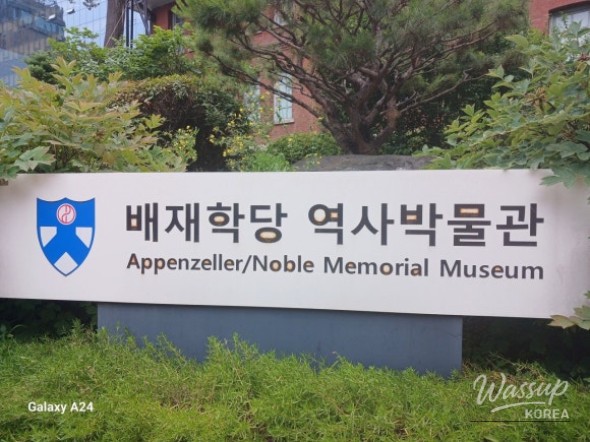
Baekbeom Kim Gu's emphasis on the 'power of culture' at a time when the nation was divided into North and South and economically difficult, even after liberation, is amazing.
Host: Looking at the content of Korean dramas, movies, and songs spreading to the world today, he must be feeling pleased in the basement. I feel even more sympathetic to his words that we should be happy through culture. The last place I will introduce today is Dilkusha.
MC: Dilkusha? It sounds like a slightly unfamiliar name. What is its relationship to our independence movement?
Host: Yes. It is a historic place that first informed the world about the March 1st Movement in 1919. Now, its name is gradually becoming known, and many people come to visit.
Dilkusha (Haengchon-dong, Jongno-gu, Seoul), opposite the site of General Kwon Yul's house
Dilkusha is about 500 meters up Inwang Mountain from Gyeonggyojang. It is a Western-style two-story house in Haengchon-dong, Jongno-gu. The 'Haeng' in Haengchon-dong is the 'Haeng' in Ginkgo tree, and there is a large ginkgo tree. It is the site of the house of Dowonsu Kwon Yul, who led a great victory in the Battle of Haengju during the Imjin War.
Dilkusha is right across from that ginkgo tree. The protagonists of Dilkusha are Albert W. Taylor and his wife, Mary L. Taylor. Albert Taylor was an American who came to Korea to help his father's mining business. He managed the mining business and 'Taylor Trading Company' in Korea, and at the same time, he worked as a Korean correspondent for AP (Associated Press).
At that time, the March 1st Movement occurred, and the process of Taylor reporting the March 1st Movement to the world was very dramatic.
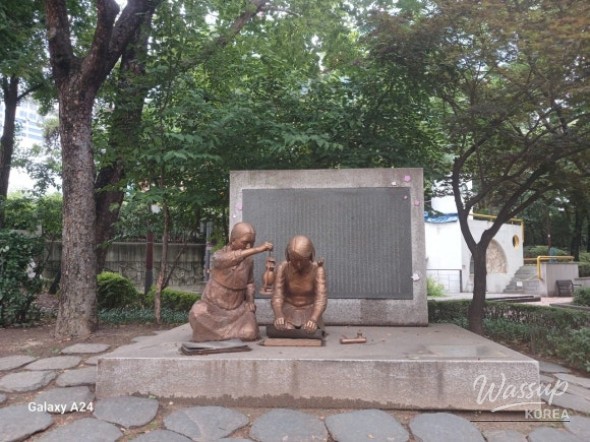
MC: What kind of dramatic things happened?
Host: Yes, the day before the March 1st Movement, his wife was hospitalized to give birth to a child, and she witnessed people pouring into the streets with Taegeukgi flags through the hospital window.
Taylor immediately demonstrated his journalistic spirit and gathered the <Declaration of Independence> read by the 33 national representatives and various other information to write an article.
However, he could not immediately send the article he wrote to the United States. At the time, telecommunications facilities were inadequate in Korea. So Taylor decided to send his brother to Tokyo to inform them. His brother hid the article his brother wrote in the heel of his shoe and went to Tokyo by ship, where he telegraphed AP's headquarters. In this way, articles were published in various newspapers, including the New York Times in the United States, stating that 20 million Koreans were yearning for independence in the name of 'justice and humanity'. Dilkusha became the base for informing the world about the March 1st Movement.
In addition, Taylor also informed the world about the 'Jeam-ri Massacre' committed by the Japanese. He was a thorn in the side of the Governor-General of Korea and was eventually deported from Korea.
After Taylor's deportation, his brother William Taylor lived in Dilkusha, but after liberation, it went through many twists and turns and became state-owned. However, it was neglected and became known as a 'haunted house', and several generations came in and lived indiscriminately.

Taylor's son, Bruce Taylor, asked Professor Kim Ik-sang of Korea to find the house based on his childhood memories, and Professor Kim Ik-sang was able to find the house. The inscription 'DILKUSHA 1923' was clearly engraved in English on the cornerstone of Dilkusha.
Based on these records, it became clear that it was not a 'haunted house' but Dilkusha, where Taylor informed the world about the March 1st Movement, and the Seoul Metropolitan Government evicted the existing homeowners who were not the owners and restored the interior of the historically valuable building to its original state. And it was opened as a valuable historical site that informed the world about the March 1st Movement.

The interior of Dilkusha has two floors, and traces of the Taylor couple's lives remain. You can see the Taylor couple's marriage and life in Korea, and newspaper articles reporting on the March 1st Movement. In addition, family materials donated by Taylor's granddaughter are also on display.

Dilkusha, which almost disappeared into history, was found through the efforts of descendants, and it was well restored and managed by the Seoul Metropolitan Government, making it our precious cultural heritage.
Dilkusha means 'joyful heart'. The Taylor couple's efforts have become a 'joyful heart' for us. I encourage you to take a look around.

MC: Today, as a special feature for the 80th anniversary of Liberation, we introduced Deoksugung Palace, Gyeonggyojang, and Dilkusha in the fourth part of <Independence Activists in Seoul>.
We were with Wang Hyun-cheol, a historical writer who challenged himself to read the entire <Annals of the Joseon Dynasty> and published '<Wang PD's Talkumentary Annals of the Joseon Dynasty> Volume 3'. We look forward to the fifth part next week. Thank you for your hard work.
Host: Next week, I will introduce the independence movement that took place around Changdeokgung Palace and Seoul Station. Thank you. End of Episode 4.
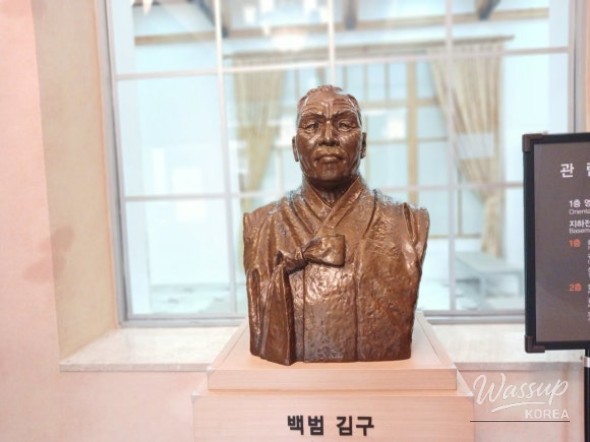
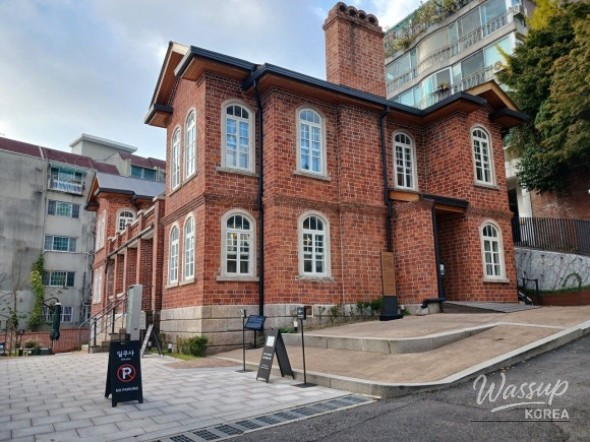
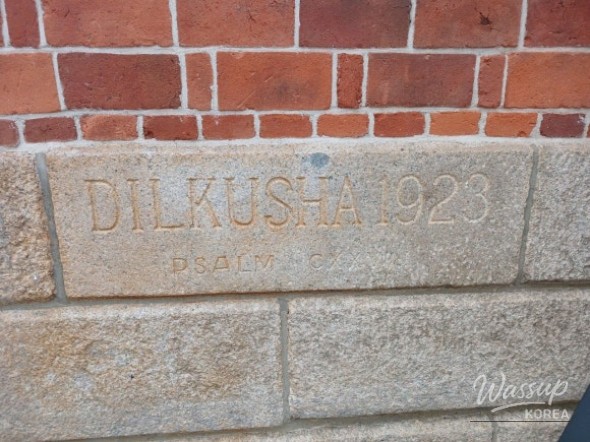
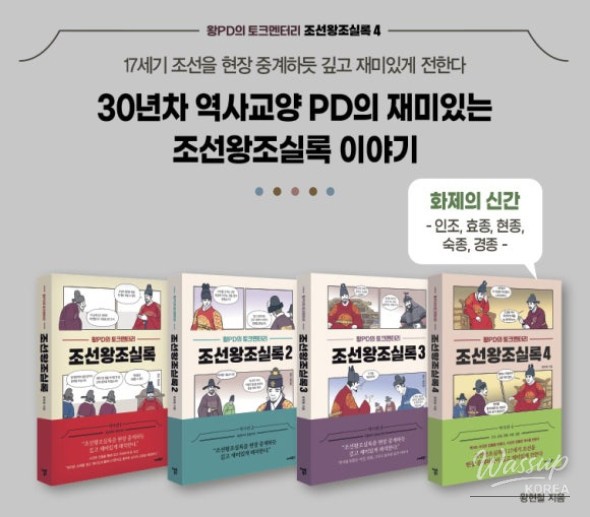
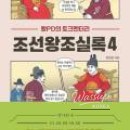
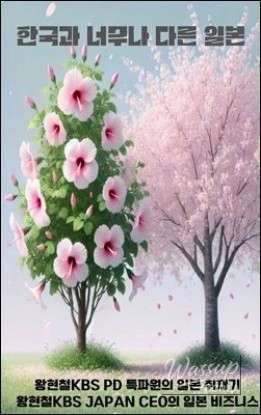
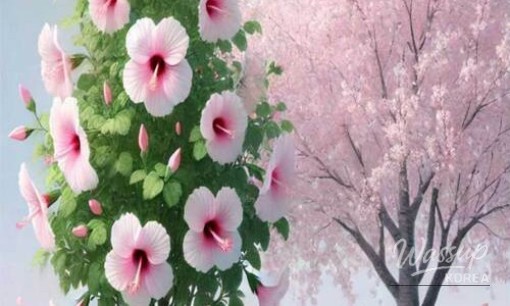
KBS PD Wang Hyun-cheol, who retired in 2017, challenged himself to read the entire <Annals of the Joseon Dynasty> and published <Wang PD's Talkumentary Annals of the Joseon Dynasty> Volume 1 in 2021, Volume 2 in 2022, Volume 3 in March 2024, and Volume 4 in August 2025. He also contributed to the production of broadcasting programs and the spread of the Korean Wave in Japan for six years as a KBS PD Tokyo correspondent and president of KBS JAPAN. Thank you.
No comments yet.


